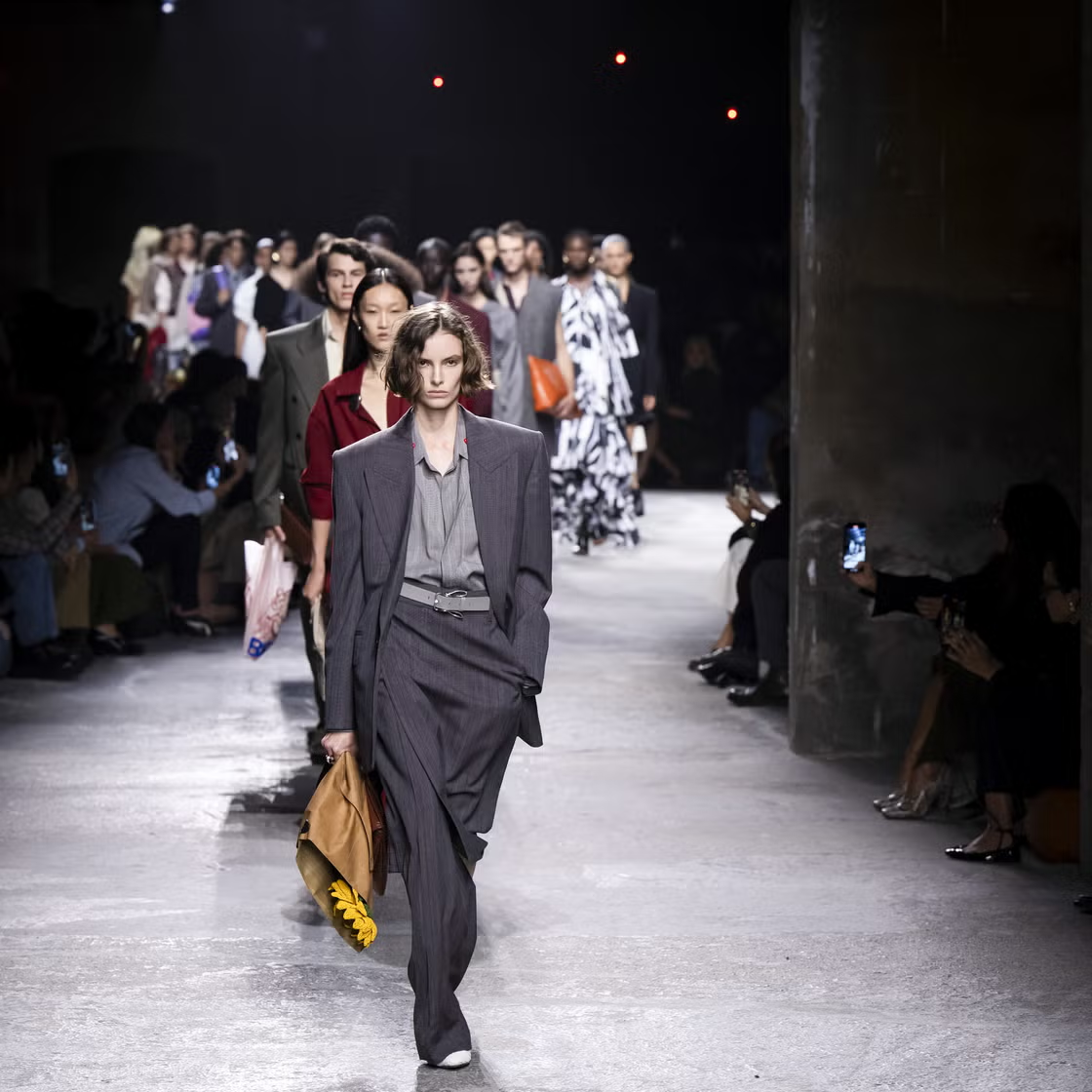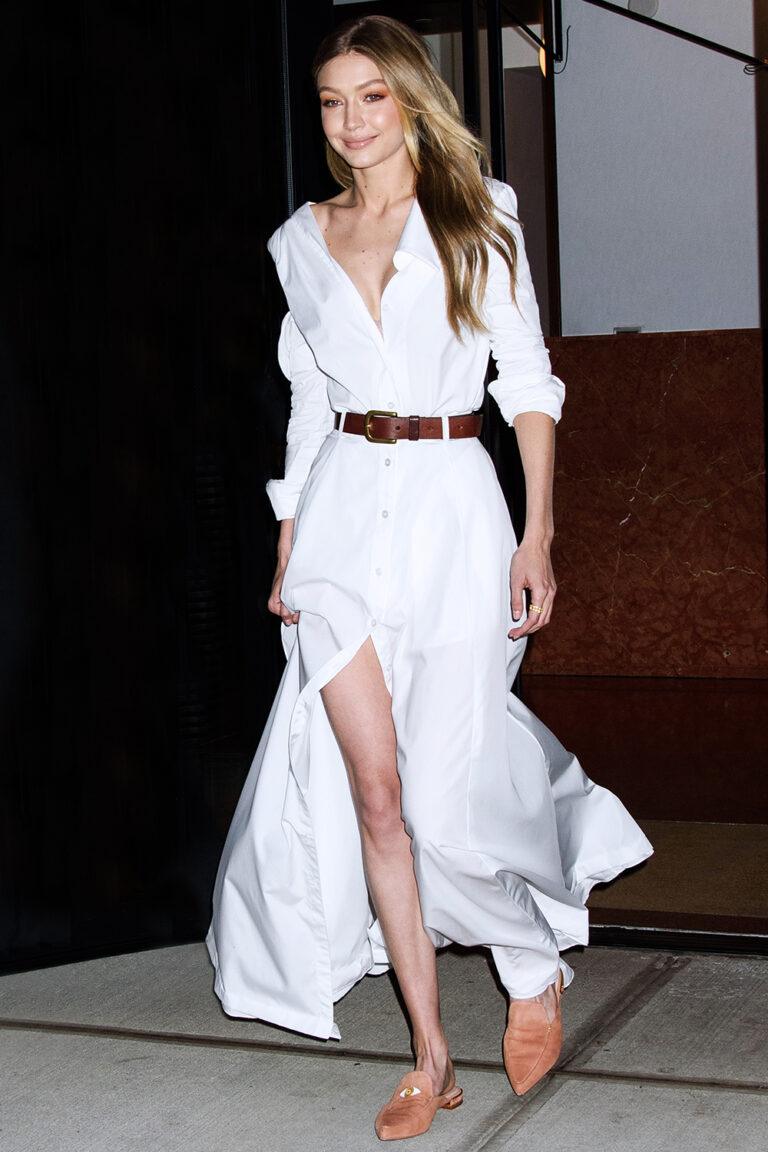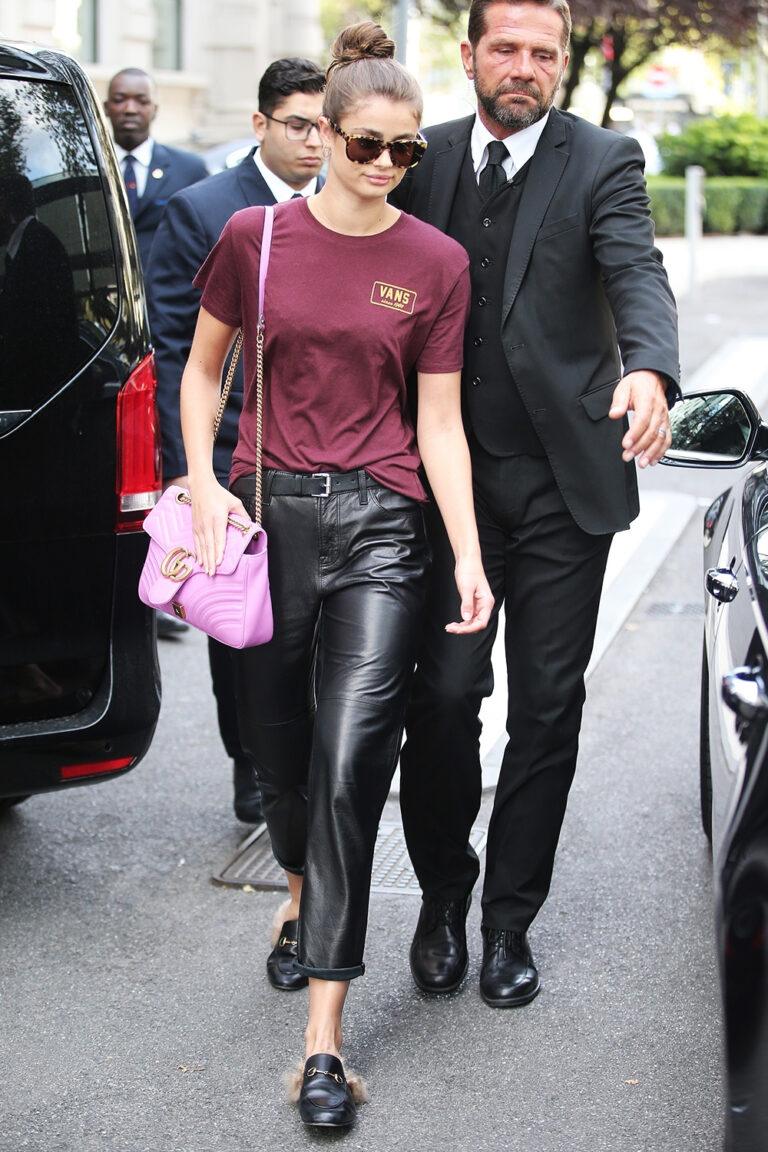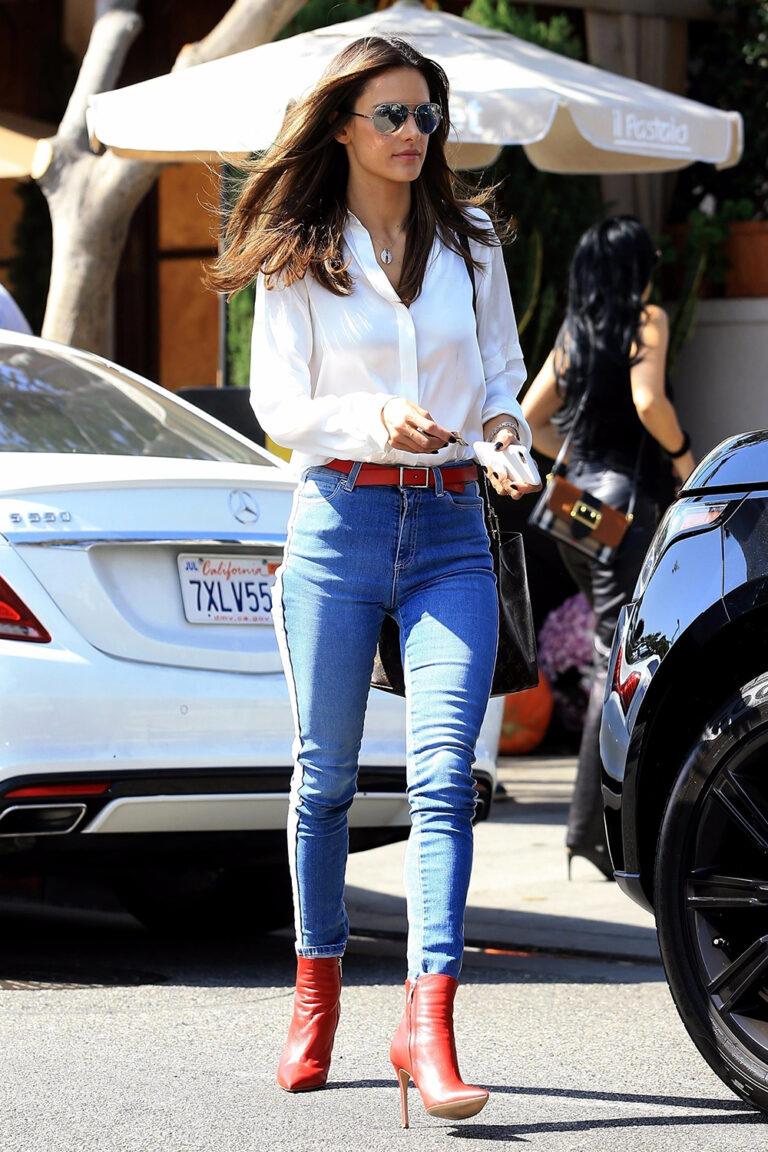Belt Outfit Guide | Fashion Tips & Belt Trends

The Art of Defining Your Waistline with Elegance
In the world of fashion, accessories have the power to transform an entire look without saying a single word. Among these, belts are perhaps the most underrated yet transformative. The right belt style can sculpt your silhouette, add richness to your ensemble, and turn even the simplest outfit into something worthy of a fashion editorial. Understanding how to choose and wear a belt with confidence is an essential skill for anyone who values polished and intentional style.
Belts have evolved from being purely functional pieces to becoming central elements in modern styling. While they once served primarily to hold up trousers or adjust the fit of a dress, today they are celebrated for their ability to make a statement. Designers embrace the belt as a tool for self-expression, incorporating it into collections in ways that highlight both creativity and individuality. A carefully selected belt style can effortlessly bridge the gap between casual and refined, allowing you to express your personality while maintaining a cohesive aesthetic.
The magic of belts lies in their power to define proportions. A well-placed belt can create the illusion of a narrower waist, balance a boxy silhouette, or elongate the legs without altering the rest of your outfit. When worn over a dress, a belt can give shape to flowing fabrics, transforming relaxed lines into a more tailored form. Draped over a coat or blazer, it can add structure and elegance even in colder seasons, proving that style and practicality can exist together.
Choosing the Perfect Belt Style for Every Occasion
Selecting the right belt begins with understanding the overall composition of your outfit. Slim belts work beautifully with delicate fabrics, dresses, and high-waist skirts, offering a refined touch without overpowering the look. Wide belts bring drama and structure, making them ideal for oversized shirts, trench coats, and knit dresses. Chain belts with their glimmering links and playful movement inject glamour, especially when paired with flowing dresses or tailored trousers. Statement buckles, whether in sculptural gold designs or monochromatic finishes, draw the eye and create an intentional focal point. Textured belts in raffia, velvet, suede, or braided leather introduce depth, making them perfect for neutral outfits that need a point of interest.
Belts can be styled with an impressive range of garments. In dresses, they define the waist and elevate the silhouette. In casual denim looks, they provide both function and polish. Evening wear benefits from belts adorned with metallic details or jewels, offering a sparkle that elevates formal attire.
Color, Coordination and Modern Belt Style Trends
Color pairing plays a key role in making a belt feel like part of the outfit rather than an afterthought. While matching belts to shoes was once a strict rule, modern fashion encourages freedom and creativity. A belt can harmonize with a handbag, scarf, or even a statement piece of jewelry, or it can contrast entirely to break up a look. Black belts over white outfits, tan belts with deep indigo denim, and jewel-toned belts against neutral layers all create strong visual statements.
Trends have brought belts back into the spotlight. The high-waist revival in denim and tailoring has made them a daily styling essential. Corset-inspired belts have reappeared, adding dramatic structure to dresses and blazers. Minimalist leather belts without bold logos are gaining attention for their timeless appeal, while experimental stylists are layering belts over long shirts, tunics, and even other belts.
Stylist Secrets for Elevating Your Belt Style
Perfecting your belt look requires attention to proportion, placement, and quality. A belt that is too wide for its loops will look awkward, while one that is too narrow may not have enough presence. Shorter waists often benefit from slimmer belts to avoid crowding the midsection, while longer waists can accommodate wider designs with ease. Placement can change the mood entirely; slightly above the hips creates a relaxed feel, while just under the bust introduces vintage elegance.
Investing in quality pays off, as a well-crafted leather belt can last for years and develop character over time. Belts can also serve as personal style signatures, whether they are rare vintage finds or carefully chosen contemporary pieces. With the right belt style, an outfit gains definition, personality, and the kind of polish that turns everyday looks into something unforgettable.
Belts may be modest in size, but their influence is undeniable. They are not just functional accessories; they are style tools that shape silhouettes, add detail, and elevate even the simplest outfits. The next time you search for that final element to complete your look, consider the transformative power of a belt. In fashion, the smallest details often leave the most lasting impressions.
How to Wear a Belt with Outfits
Wearing a belt goes far beyond slipping it through loops. The secret is knowing how to integrate it into different types of outfits.
For casual looks, a slim leather belt paired with jeans or tailored shorts creates a neat and effortless finish. Over dresses, a belt can define the waistline and add structure to flowing fabrics. Blazers and coats gain instant refinement when cinched with a belt at the waist, creating a silhouette that feels tailored and confident.
Even minimalist outfits, such as a monochrome dress or jumpsuit, can be elevated by a belt that introduces texture, metallic shine, or a subtle color contrast.
Belt Styling Guide: From Minimal to Statement
A complete belt styling guide includes understanding proportions, balance, and detail. Minimalist outfits thrive with a simple black or tan belt, where elegance speaks through understatement.
For statement looks, bold buckles, wide leather bands, or corset-inspired designs can transform an outfit into a focal point. Layering techniques are also gaining traction. Styling two thin belts together or placing a chain belt over a fabric sash creates modern and experimental looks.
Remember, a belt should always feel like a deliberate choice, not an afterthought, and the best styling guides emphasize harmony between the belt and the rest of your outfit.
Belt Outfit Ideas for Every Occasion
- Office Wear: A classic leather belt paired with tailored trousers or a pencil skirt creates authority and polish.
- Casual Outfits: Denim with a textured belt such as braided, suede, or canvas adds comfort with a touch of personality.
- Evening Wear: Satin or velvet dresses with jewel-embellished belts provide glamour suitable for formal occasions.
- Street Style: Oversized blazers cinched with a wide belt or chain belts draped across cargo pants deliver a bold, fashion-forward edge.
These outfit ideas showcase the belt not just as a necessity but as the defining element of style.
Best Ways to Style a Belt: Expert Tips
- Play with Placement: Move away from traditional loops and try placing the belt higher on the waist or just under the bust for a vintage touch.
- Experiment with Layers: Belts can go over cardigans, coats, or even other belts for a creative twist.
- Contrast or Complement: Match the belt with shoes or handbags for cohesion, or pick a contrasting shade to break up monotone outfits.
- Choose Quality: A well-crafted leather belt ages beautifully and becomes a long-term style companion.
By practicing these methods, belts turn into more than accessories. They become your personal style signature.
Frequently Asked Questions
Are belts currently trending in fashion?
Yes. Belts have made a noticeable comeback in recent years, especially with the return of high-waist pants and more tucked-in styling. They’re now seen as a stylish way to add structure and visual interest to outfits.
Should my belt match my shoes?
Not necessarily. Matching is no longer a strict fashion rule, especially for women. Instead, aim for coordination – your belt can either complement your shoes or act as a bold contrast that ties the whole look together
What type of belt works best with high-waist jeans?
Medium-width or slim belts are typically the most comfortable for high-waist styles. Oversized belts can feel restrictive and may crowd the space between your bust and waist.
How do I choose between a skinny or wide belt?
Let your clothing guide you. Check the width of the belt loops or the overall proportion of your outfit. Large loops tend to suit wider belts, while smaller loops look better with slimmer designs.
Are logo belts like the GG still in style?
Classic metal-logo belts are still wearable, but fashion cycles have shifted. Many stylists now lean toward more subtle, monochrome logo belts for a fresh, updated look.
Can I wear a belt if I have a fuller midsection?
Absolutely. Pairing a belt with a blazer or long cardigan can help define your waist while softly concealing the midsection from the side view. This layering trick works well for many body shapes.
Do I need to wear a belt to make an outfit look complete?
No. If your top is untucked, you can skip the belt altogether. Even with tucked-in tops, you can achieve a polished finish by slightly blousing your shirt to cover part of the waistband.
Can I belt outerwear like sweaters, blazers, or coats?
Yes. Belting over outerwear can create a stylish, defined waist. However, this look depends on personal proportions and comfort – it works for some body shapes better than other
What is the “unnecessary belt” trend?
It’s the idea of wearing a belt purely as a decorative accessory, not to hold up pants. It’s more about style than function, though opinions are still mixed on how widely this will catch on
How can a belt act as a “third piece” in styling?
When the weather is too warm for jackets or cardigans, a belt can serve as your third styling element. It adds texture, color, and structure without adding bulk.
Do belts work with dresses?
Yes, belting a dress can create a more defined silhouette. The key is to ensure the belt placement and width work harmoniously with the dress’s design.
How can I use a belt to tie an outfit together?
Choose a belt that either matches another element in your outfit (like a bag strap or shoe detail) or introduces a pop of contrast that feels intentional.
Are vintage belts worth keeping?
Definitely. Belt trends are cyclical, and older styles often come back into fashion. Vintage pieces can offer unique designs that aren’t widely available today.
Can belts be worn for comfort as well as style?
Yes. Beyond aesthetics, belts can help clothing fit better, keep high-waist trousers in place, and provide a feeling of structure that some find more comfortable.




